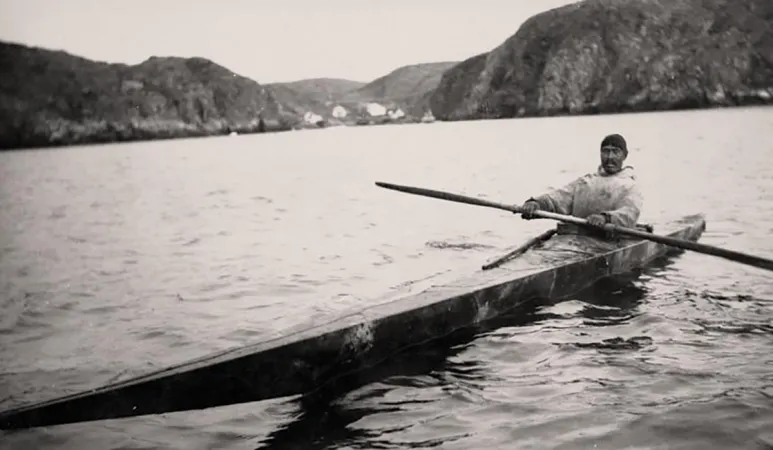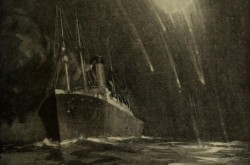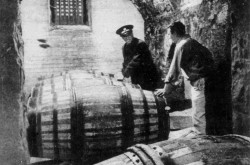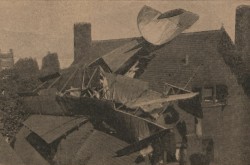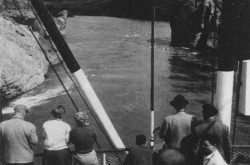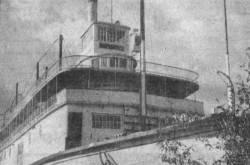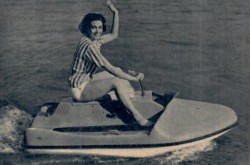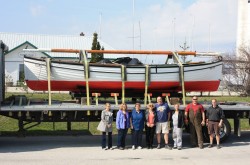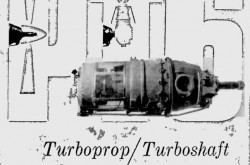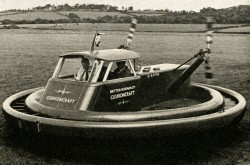Kayak
This article was originally written and submitted as part of a Canada 150 Project, the Innovation Storybook, to crowdsource stories of Canadian innovation with partners across Canada. The content has since been migrated to Ingenium’s Channel, a digital hub featuring curated content related to science, technology and innovation.
The high-speed hunter.
The kayak is the hunter’s boat in name; it means exactly that in Inuktitut, the language of its creators. The kayak is also the hunter’s boat in design; it is fast and manoeuvrable, used by Inuit hunters with equal effectiveness on rivers, inland lakes, and coastal waters. The kayak is old. Inuit hunters have relied on them for at least four thousand years. The classic vessel is constructed entirely out of natural materials, made of stitched sealskin or the skins of other animals stretched over a frame made of wood or whalebone. The cockpit is covered with a jacket of skin that creates a waterproof seal and secures the paddler if the kayak capsizes in rough waters. Each kayak is unique to its owner. While the concept of the kayak may be uniform—a small, narrow boat with a cockpit in which a hunter sits and that is propelled by means of that man equipped with a double-bladed paddle—each kayak is fitted to the dimensions of the person who propels it. Traditionally made by males, each kayak was three times as long as its builder’s arms stretched out, as wide at the cockpit as his hips plus two fists, and as deep as his fist plus an outstretched thumb. Today, the kayak is used far and wide by women and men for many purposes. Kayaks are made to race in white water, surf big waves, navigate sea swells, and just glide along. The high-speed hunter has also been used by British commandos and U.S. Navy Seals in covert operations, often dropped by parachute into operation with its paddlers.


